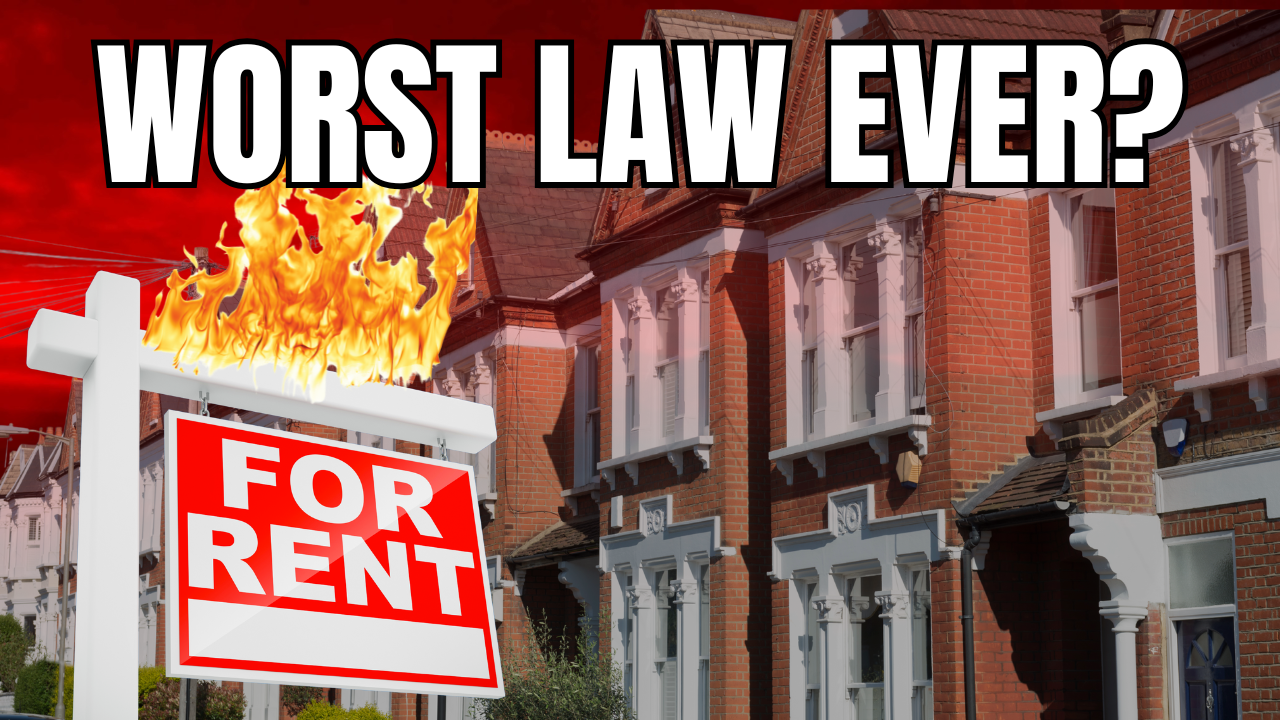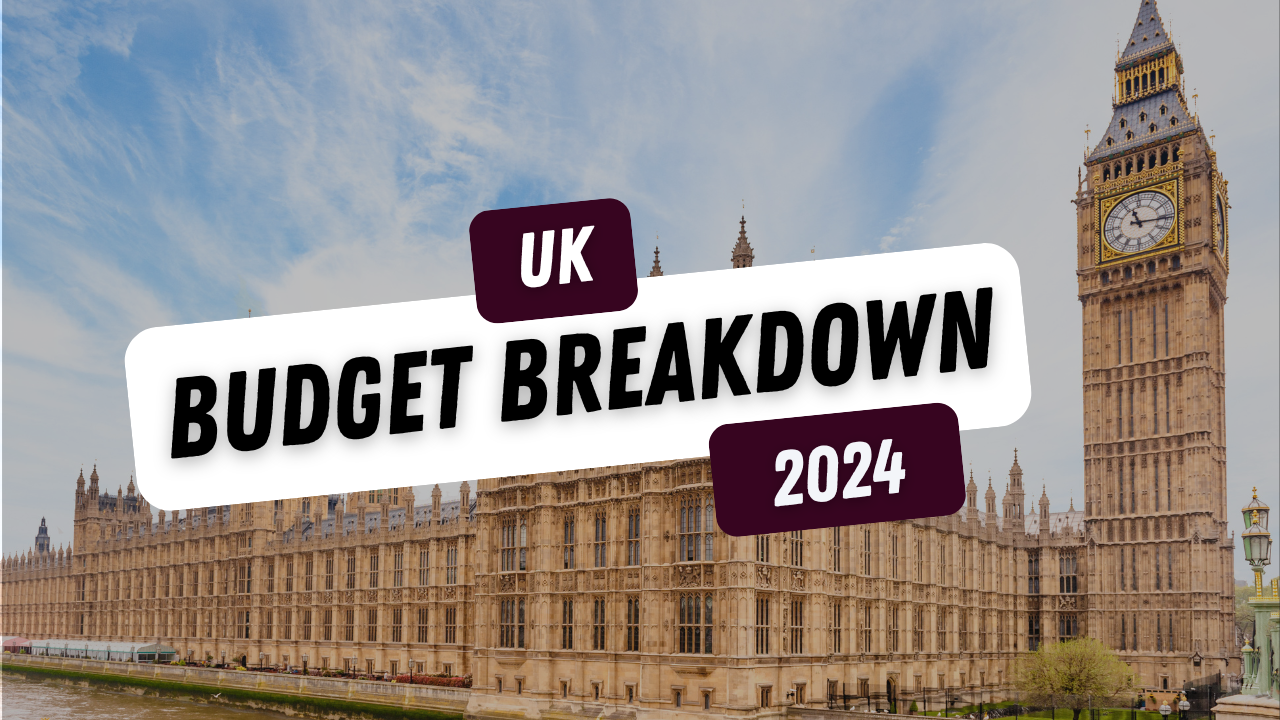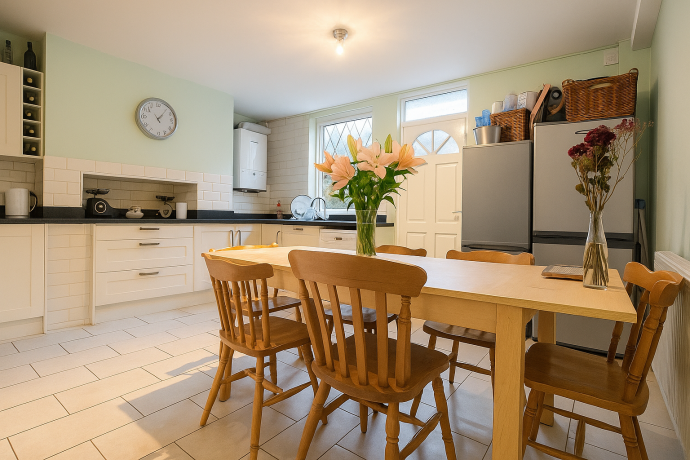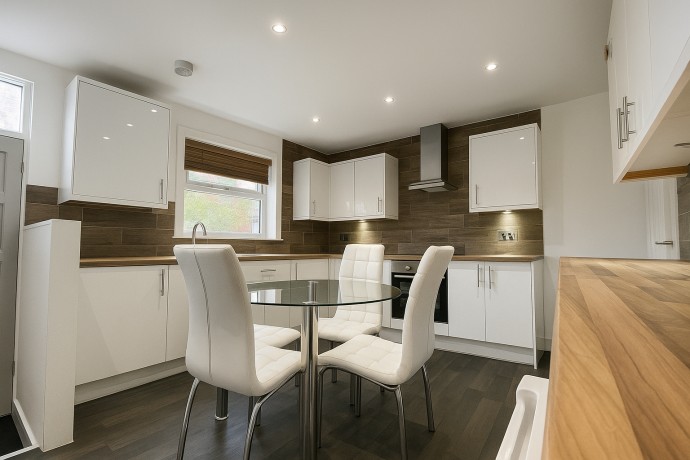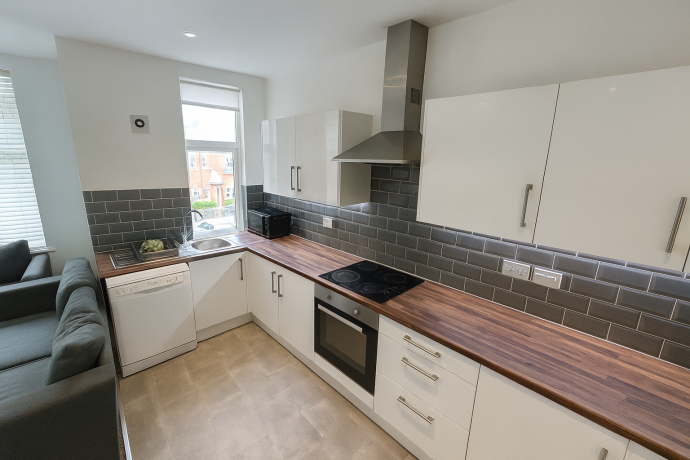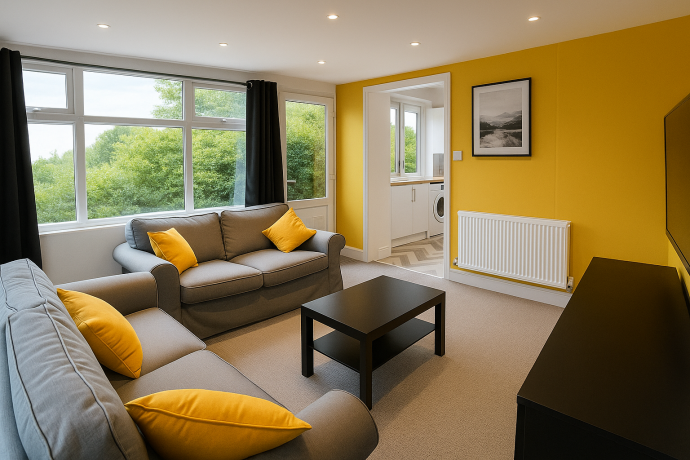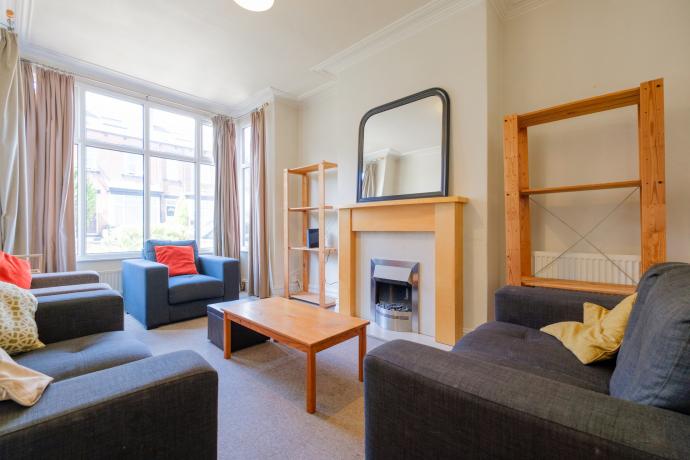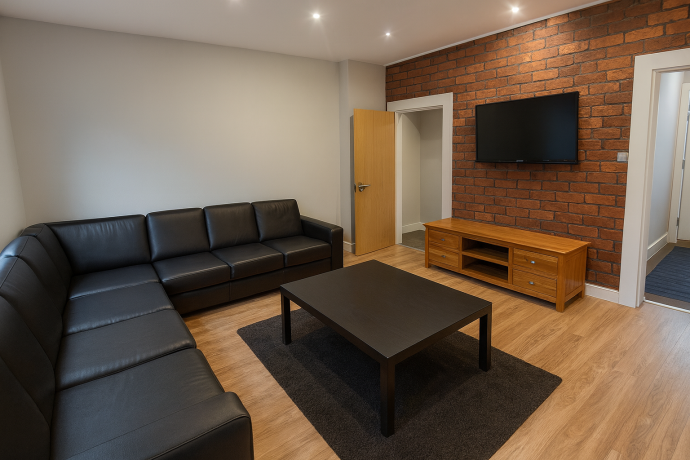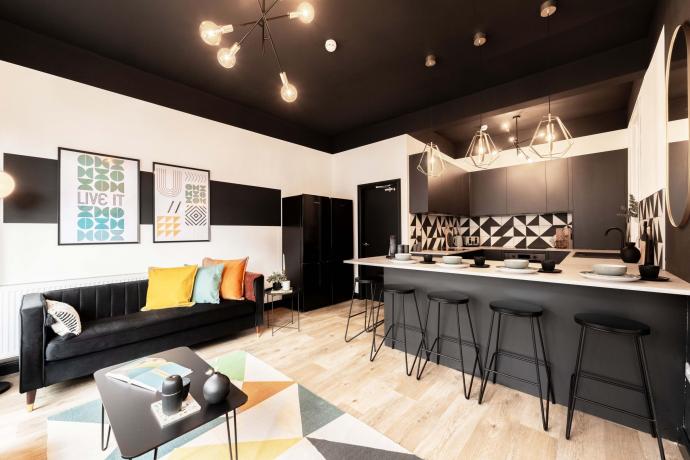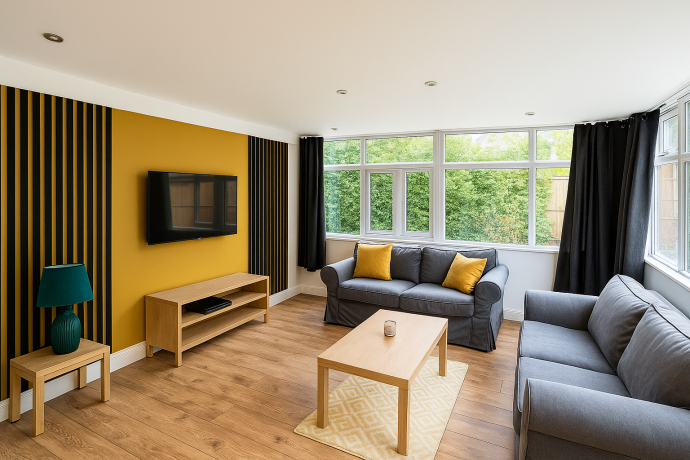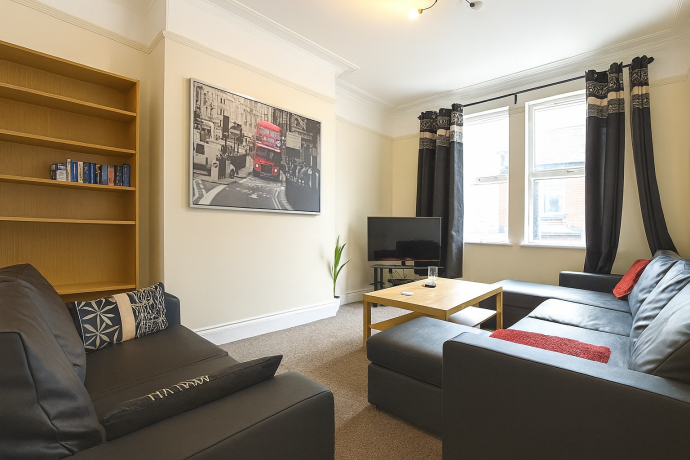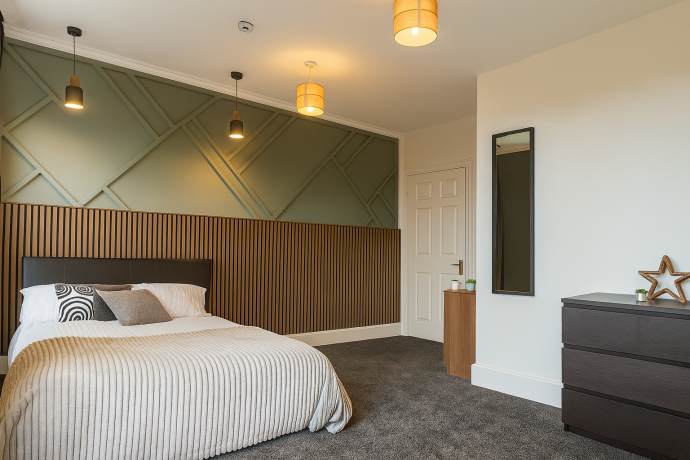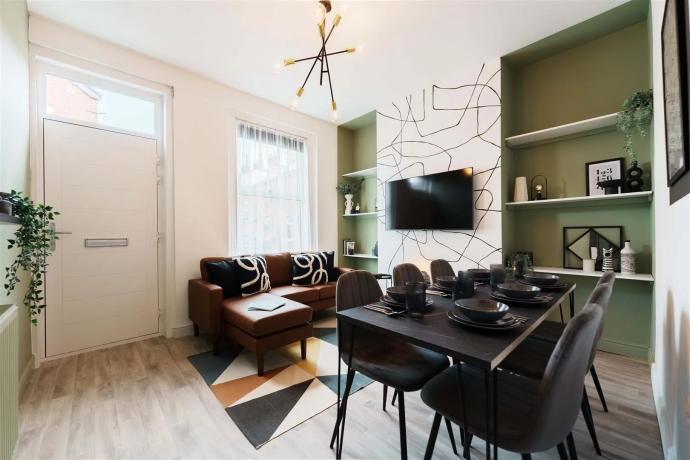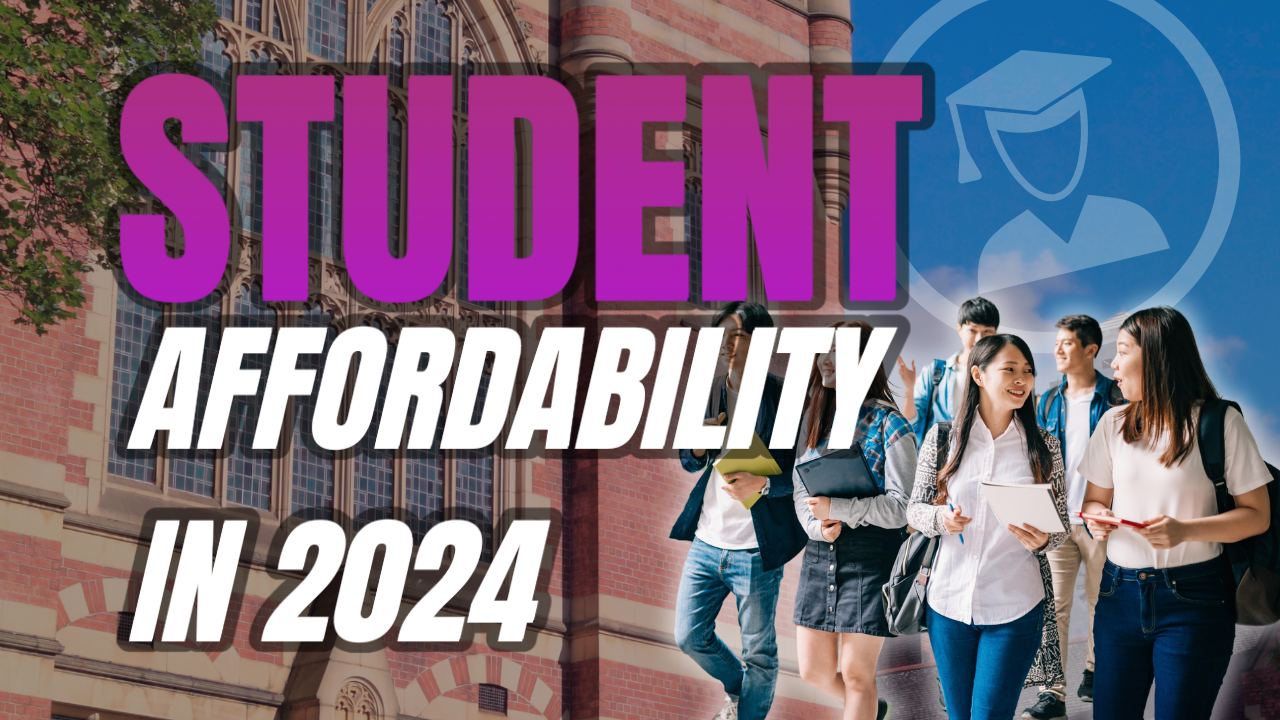
Affordability is a pressing concern in student housing, particularly in large student cities like Leeds, where rent prices have surged over the past decade. As a student landlord, understanding these dynamics is crucial for attracting and retaining tenants while ensuring your properties remain competitive and appealing.
Understanding Affordability
Affordability isn't a one-size-fits-all concept. It's a relative term that varies among different groups of students. For many, the dream of higher education is overshadowed by prohibitive maintenance costs, which aren't fully captured in traditional affordability metrics. Occupancy levels, for instance, often reflect market balance rather than the true demand, ignoring the silent majority of students who can't afford to live in prime locations due to financial constraints.
The Gap Between Loans and Living Costs
Government loans, intended to assist students with maintenance costs, fall significantly short of covering the full cost of living. For example, in Leeds, the average annual rent for an ensuite room in purpose-built student accommodation (PBSA) in 2023/24 was £326 more than the total loan amount, representing 104% of the loan. Even cheaper options, such as standard PBSA or shared housing, leave students with insufficient funds for other living expenses.
This financial shortfall forces students to rely heavily on part-time work or family support, adding stress and potentially impacting their academic performance.
The Impact on Students
With many students finding it necessary to take on part-time jobs, often for extensive hours, the impact on their academic success cannot be overstated. The cost-of-living crisis further exacerbates this issue, putting additional pressure on students and their families. As a landlord, it's important to recognize these challenges and consider how your rental practices can alleviate some of this financial burden.
Strategies for Student Landlords
1. Flexible Payment Plans: Offering flexible payment schedules that align with student loan disbursements can ease financial stress. Consider monthly or termly payment plans instead of demanding large lump sums upfront. For example, monthly summer rent over July, August and September followed by quarterly payments once maintenance loans are received in October, January and April.
2. All-Inclusive Rents: All-inclusive rents that cover utilities, internet, and other bills can simplify budgeting for students. This approach also makes your property more attractive as it eliminates the hassle of managing multiple payments.
3. Affordability Checks: Regularly review your rental prices in comparison to average student loans and maintenance costs. Keeping rents within a manageable percentage of student income will make your properties more appealing and accessible.
4. Enhancing Value: Provide added value through amenities like high-speed internet, communal study areas, and laundry facilities. These perks can justify rent levels and make your property stand out in a competitive market.
5. Supportive Environment: Foster a supportive living environment by being responsive to maintenance issues and providing clear communication channels. A positive landlord-tenant relationship can enhance the overall living experience, encouraging longer tenancies and positive referrals.
Affordability in student housing is a complex issue that requires thoughtful consideration and proactive strategies from landlords. By understanding the financial pressures faced by students and adapting your rental practices accordingly, you can help create a more supportive and sustainable housing market. In doing so, not only will you attract and retain tenants, but you'll also contribute positively to the broader educational experience of your student tenants.
As the landscape of student housing continues to evolve, staying informed and adaptable is key. By prioritising affordability and student well-being, you can ensure that your properties remain in demand and valued by the student community.
References: Unipol Student Homes


